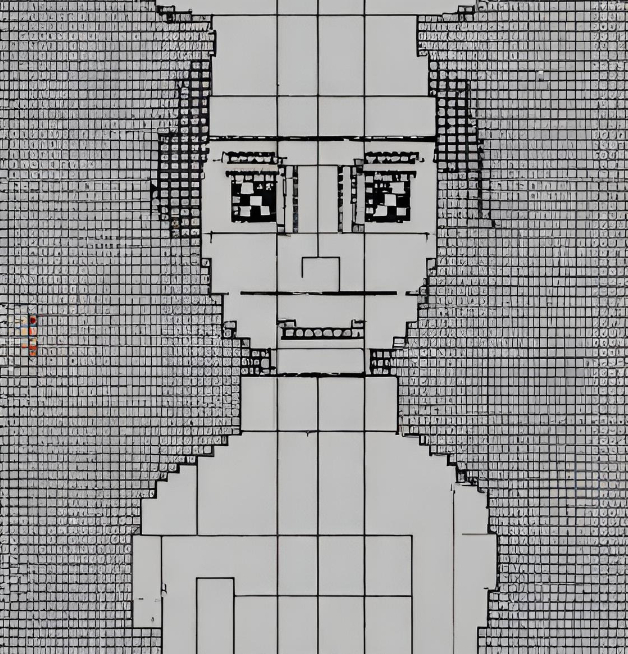Initializing the Doyle-Fuller-Newman (DFN) Battery Model
by
March 28th, 2025
Audio Presented by

We publish those who illuminate the path and make the intricate intuitive.
Story's Credibility

About Author
We publish those who illuminate the path and make the intricate intuitive.